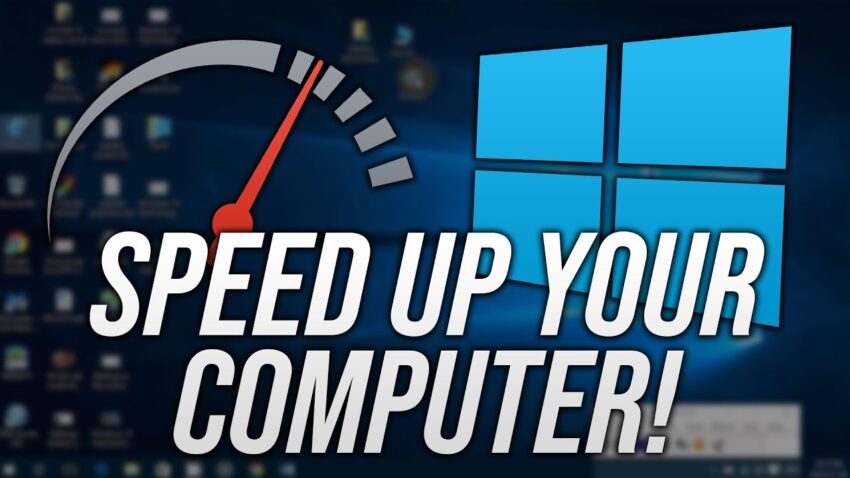Is your computer not running as fast as it used to? Over time, performance can slow down, but with a few simple steps, you can bring back its speed and efficiency. Here are the five best ways to speed up your computer.
1. Upgrade or Clean Your Hardware
Outdated or dirty hardware can be a major factor in your computer’s sluggishness. If your computer is slow when multitasking or streaming high-quality content, you might need more RAM or a new graphics card. Additionally, dust and debris can collect inside your computer, causing components like fans to overheat and work harder. Cleaning the internal hardware can improve performance.
2. Remove Junk Files and Unused Programs
Unnecessary files and programs accumulate on your computer, taking up valuable space and slowing it down. Start by cleaning up temporary files, cached data, and old programs that you no longer use. Free tools like system cleaners can help automate this process. Deleting these unnecessary files gives your computer more room to breathe and operate more efficiently.
3. Scan for Malware and Viruses
Malware and viruses can drain your system’s resources and slow down performance. Running regular scans with anti-malware tools can remove harmful programs that may be hiding in the background. Keeping your system protected from these threats not only speeds it up but also ensures your data is safe.
4. Adjust Visual Effects
Windows comes with various visual effects, such as animations and transitions, which can be resource-intensive. If you’re low on memory or notice your computer is lagging, turning off some of these effects can free up system resources and speed things up instantly.
5. Defragment Your Hard Drive
Over time, files on your hard drive can become fragmented, making it harder for your system to access data efficiently. Defragmenting your hard drive organizes these scattered files, making programs and files load faster. Windows has a built-in defragmentation tool that you can use to streamline your hard drive’s performance.
By following these five key steps, you’ll notice a significant improvement in your computer’s performance, allowing it to run smoothly and efficiently again.
Table of Contents
Toggle